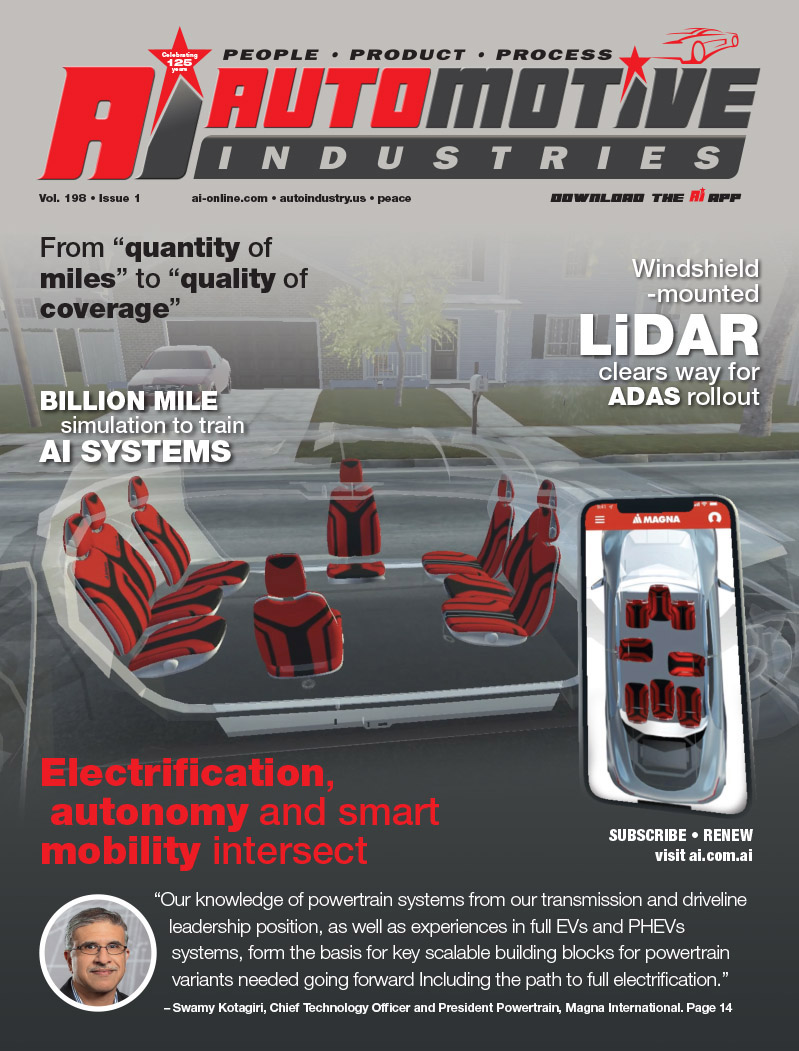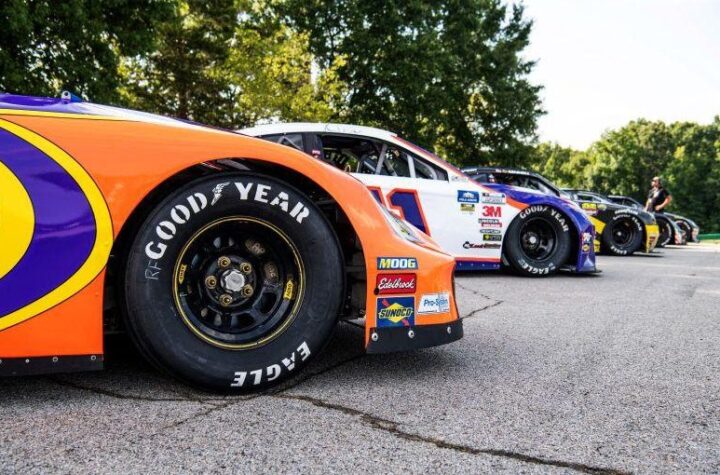
Though 2005 offered a full plate of environmental episodes that riveted the world’s attention, including environmental calamities in China, Hurricane Katrina, and the U.N. conference on climate change, the march of environmental progress continues, according to the 2006 Index of Leading Environmental Indicators, released today by the Pacific Research Institute (PRI) and the American Enterprise Institute (AEI).
“With over a decade of compiled research in the Index, the facts speak for themselves — it’s impossible to deny the environmental improvements we’ve made and the certain progress we’ll continue to make over time,” said Dr. Steven Hayward, author of the Index, senior fellow at PRI, and F.K. Weyerhaeuser Fellow at AEI.
The eleventh edition of the Index of Leading Environmental Indicators (available at www.pacificresearch.org) highlights the positive trends occurring in key areas including climate change, air quality, water quality, toxic chemicals, and biodiversity in the U.S.
Air Quality
The number of exceedances of the eight-hour ozone standard in Los Angeles during the last 30 years has dropped significantly, from 201 in 1975 to 75 in 2005. There are large scale areas of the LA air basin where there have been no exceedances of the ozone standard for the last several years, meaning millions of residents have no exposure to high levels of ozone.
In the Washington, D.C. area, not a single Code Red day for poor air quality was declared over the summer of 2005, despite the hot temperatures. Ozone levels are falling in 19 Eastern states where smog has been a recurring problem in the summer.
Auto Emissions
Automobile tailpipe emissions from carbon monoxide have been reduced by 96 percent since the 1950s. These emissions rates are per mile — not an average for the whole auto fleet. The frequently-heard claim that large SUVs “pollute more” is a myth.
Toxic Releases
In 2005, the Center for Disease Control reported declining amounts of chemicals in human blood and urine almost across the board.
Biodiversity
The Catalogue of Life Program, begun in 2001, has passed the half-million mark in the number of species listed in its database.
Grizzly bears may be coming off the endangered species list. The largest population in the continental U.S. outside of Alaska lives in and near Yellowstone National Park, where the grizzly population has grown from about 200 in the early 1980s to about 600 today.
Acid Rain
The EPA found significant declines in high acidity in every region except New England, where there was no change from 1990 levels.
China’s Progress: Special Report
Despite serious setbacks in 2005, there’s optimism for long-term improvement in China. The State Environmental Protection Administration reports that spending for environmental projects is increasing about 15 percent a year. China has created its own version of the American NEPA (National Environmental Protection Act), requiring construction projects to perform an environmental impact assessment as part of the planning and building permit process. As a result, in 2004 over 320,000 construction projects went through the EIA (Environmental Impact Assessment) review process.
The “Death” of Environmentalism
This year’s edition also explores the so-called death of the modern environmental movement and identifies ways to renew and restore its credibility. “A number of environmentalists have recognized and lamented that much of the movement has become too politicized, partisan, and uncompromising. These signs of introspection and second thoughts may go a long way in renewing and restoring the environmental movement’s credibility,” said Dr. Hayward.
To download a complimentary copy of this year’s Index of Leading Environmental Indicators, please visit www.pacificresearch.org. For a printed copy, please call 415-955-6120. To arrange an interview with author Steven F. Hayward, please contact Susan Martin at 415-955-6120, smartin@pacificresearch.org or Sean McCabe at 703-683-5004, ext. 110, sean@crc4pr.com.











More Stories
Automotive Industries (AI) Newsletter April 2025
Bangkok International Motor Show 2025 – The Talk of Sensuous Automotive
Earn GHG reduction values through MOL Pure Car Carrier “Book and Claim (B&C)” service